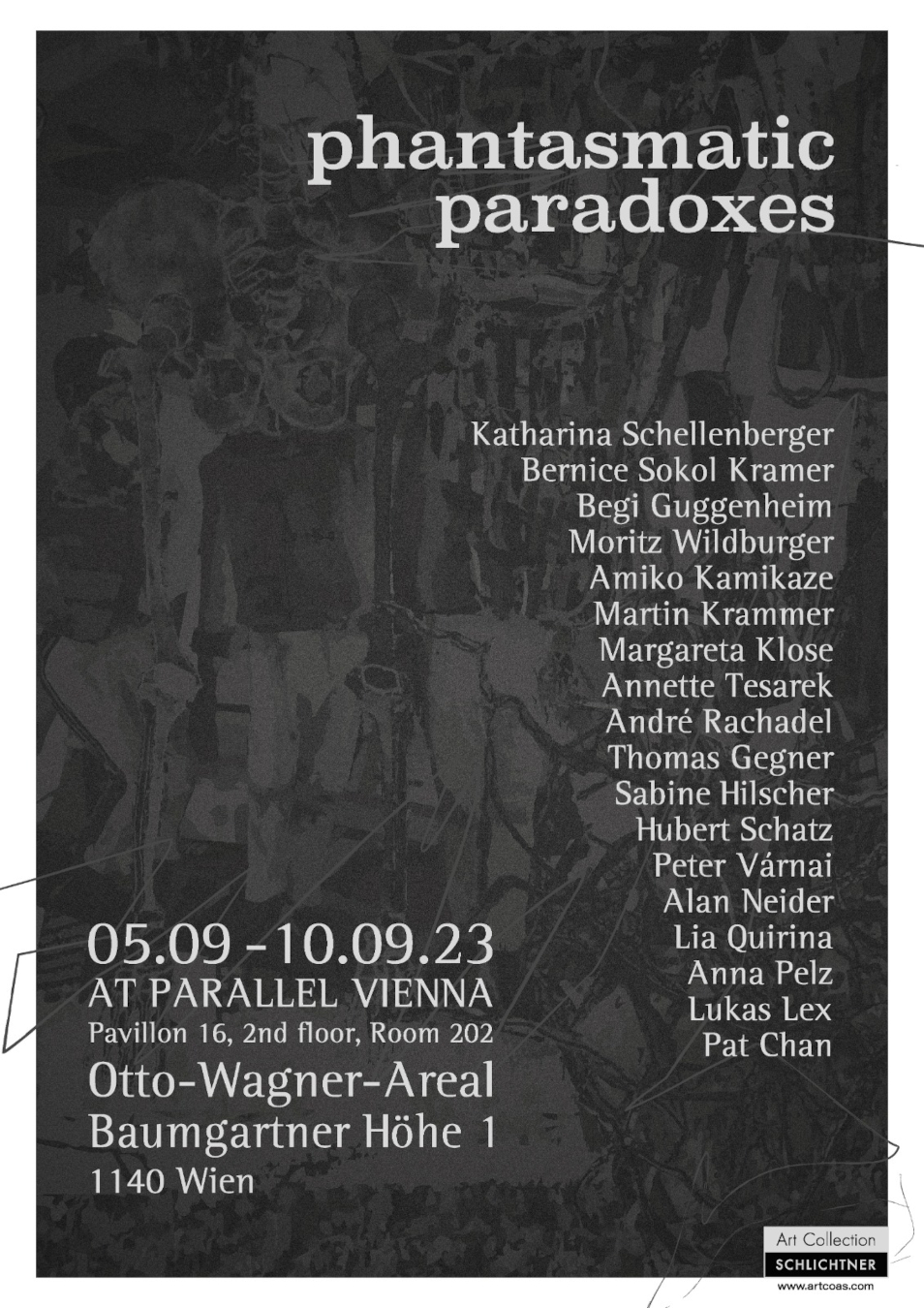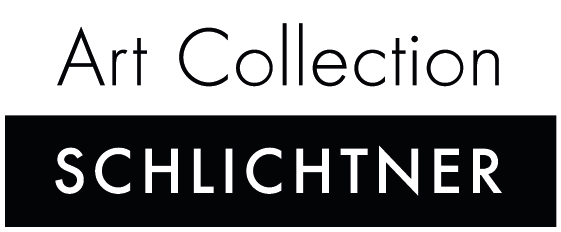phantasmatic paradoxes @ PARALLEL Vienna art fair, 05.09.2023-10.09.203

Fotocredit: photo courtesy of André Rachadel
As part of a historical and site-specific approach, we refer to the various pasts of the venue. The artists develop individually and collectively reparative artistic practices. The reparative turn, applied to this exhibition emphasizes sustenance, and utopian world building in the activities of artists, writers, and their audiences. Whereas the reparative making remains reparative for the makers, only. The artistic techniques applied are based on different media.
For Sigmund Freud, the phantasmatic refers to structures of the unconscious that generate fictions of stereotypes through fantasy and desire. In Laplanche and Pontali's dictionary, "The Language of Psychoanalysis", the phantasmatic is described as a filter, the way phantasy structures subjectivities. The phantasmatic is also defined as the mechanism through which the subject position is articulated (Kaja Silverman). In Melanie Klein's psychological register "position" is referring to the paranoid and the reparative: the paranoid position and the depressive position which is integral to reparation. Eve Sedgwick and José Muñoz who initiated the "reparative turn" in queer studies preferred "positions" rather than "stages" or diagnostic personality types (archetypes).
The paranoid position means a strong theory according to Silvan Tomkins, which does not allow any surprises. Eve Kosofsky Sedgwick, however, insists that the depressive position harbors the possibility of reparation and hope: the reparative process is called love. (Eve Kosofsky Sedgwick, Touching Feeling, Paranoid Reading and Reparative Reading, or, You're so Paranoid, You Probably Think This Essay is About You, 128.) Sedgwick sees in Judith Butler's "Gender Trouble" the paranoid impulse in exhibiting and making something visible that seems natural, which turns out to be fundamentally phantasmatic.
The reparative turn, applied to this exhibition emphasizes sustenance, reparation and utopian world building in the activities of artists, writers, and their audiences. (Maggie Nelson, On Freedom, 26.) Whereas the reparative making remains reparative for the makers, only.
Several artistic practices refer strongly to vulnerability, reparation, corporality, artistic play with phantasmatic paradoxes, gender roles and parodies. The parodying repetition of drag shows implicitly the imitative structure of gender itself and also shows the phantasmatic effect on identity and disidentification as a subset of reparative practice. (José Muñoz)
(text: Margareta Klose)
artists
Martin Krammer (AUT) @martinkrammer_art
Pat Chan (USA/AUT) @patryck_chan
Sabine Hilscher (DE) @sabine_hilscher_
Annette Tesarek (DE/AUT) @tesarekannette
Amiko Kamikaze (GEO/AUT) @amiko_kamikaze
Bernice Sokol Kramer (USA/NYC) @bernicesokolkramer
Alan Neider (USA/NYC) @aneider52
Margareta Klose (AUT) @margareta_klose
Peter Várnai (HUN) @peter.varnai_animations
Anna Pelz (AUT) (TransArts - Angewandte) @farbmilieu
Katharina Schellenberger (DE) @katharinaschellenberger
Begi Guggenheim (GEO/AUT) @begiguggenheim
Thomas Gegner (AUT) @thomas_gegner
Hubert Schatz (RIP 2023) (AUT) @estate_hubert_schatz
Lia Quirina (AUT) (Kontextuelle Malerei - Akademie) @liaquirina
André Rachadel (BRA) (Kontextuelle Malerei - Akademie) @raachadel
Moritz Wildburger (AUT) (Cross Disciplinary Strategies - Angewandte) #moritzwildburger
Lukas Lex (GER) (Social Design – Angewandte) @lukas_lex_
